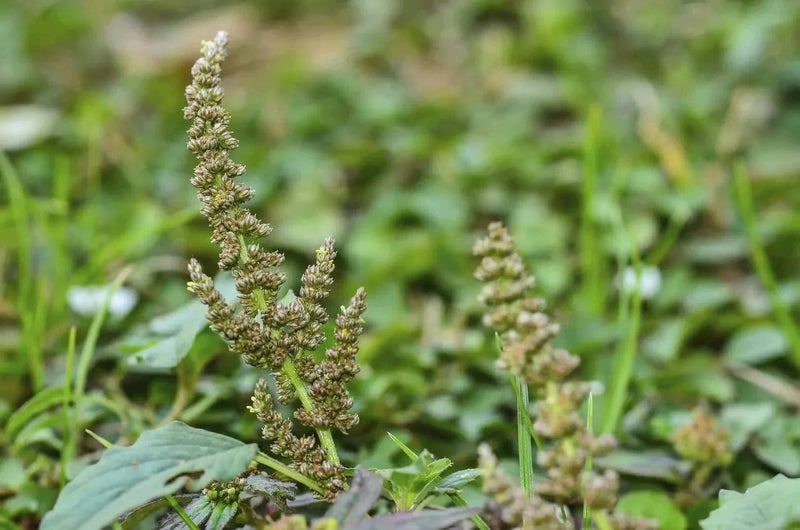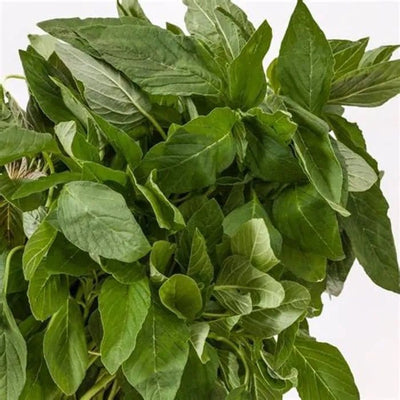Amaranthus green seed
Amaranthus green seed
For more than 8,000 years, amaranth has been grown as a grain. Amaranth's grain yield is comparable to that of rice or corn. It was an essential component of Aztec religious rituals and a staple diet among the people of that culture. The grain is popped, then honey is added.
Rajgira is the name given to it in North India. The popular snack served during the Mid-day Meal Program in municipal schools, laddus, is made with iron and energy-rich melted jaggery and popped grain in the right proportions.
Common Name - slender amaranth or green amaranth.
Height - Plants grown in average garden soil will be four-feet to six-feet tall, while those grown in rich soil or compost may reach over eight feet.
Bloom Time - Summer (June to September)
Difficulty Level - Easy
Planting and care
- A significant amount of time will go by with successive sowings of green.
- The leaves have a sweet, tangy flavor and are best cooked; because they are strong in nitrates and oxalic acid, raw leaves shouldn't be consumed frequently.
- Actually, there isn't much to it.
- Fine amaranth seed is available.
Green Amaranth care
Sunlight - They prefer a warm climate, full sun.
Watering - Water them during dry periods, once or twice per week.
Soil - Optimum soil is a well-drained loam but both plants will do well in all but poorly aerated clay soils ph. - 6.0 to 7.0
Fertilizer - Add a general-purpose fertilizer once or twice a season.
Green Amaranth uses
Culinary Use:
- Amaranth seeds can have over 20% protein and are also abundant in potassium, zinc, Vitamin B, and E. (depending on the variety)
- Although nutritionally similar to spinach, beets, and Swiss chard, amaranth leaves are significantly more potent.
- For instance, compared to spinach leaves, amaranth leaves include three times as much calcium and three times as much niacin (vitamin B3).
Note
Images are only for reference; the actual product may differ in shape and size.
The product is replaceable but non-returnable.




